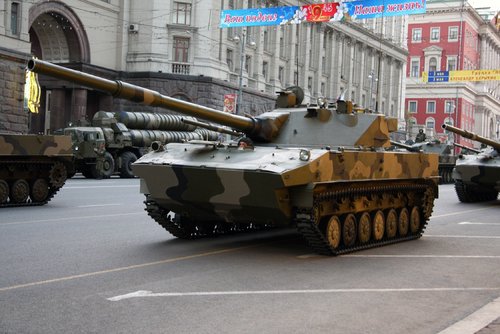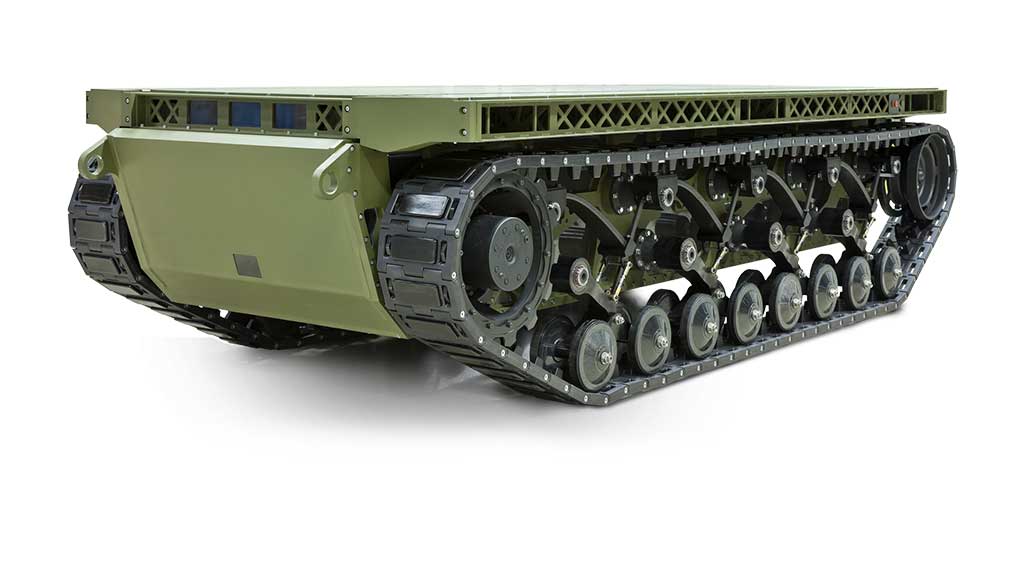marauder2048
"I should really just relax"
- Joined
- 19 November 2013
- Messages
- 3,157
- Reaction score
- 926
It was semi-automatic turret slew and tube elevation. A modern system would have fully automatic + fuze setting for the round.The 80s era Vehicle Integrated Defense System (VIDS) a passive protection system also had a slew turret-to-detected threat feature.




